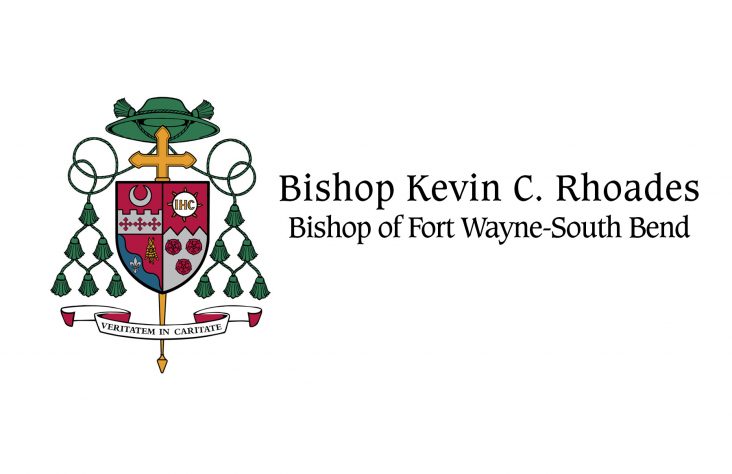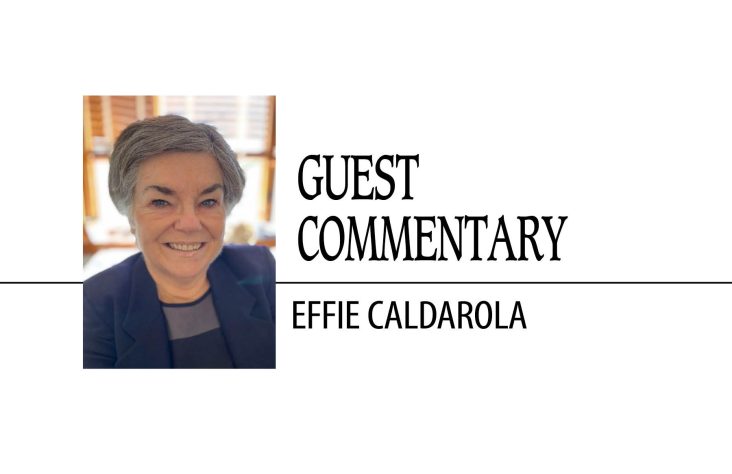March 4, 2015 // Local
Restorative Justice: Face-to-face with the effects of crime
By Madeleine Richey
FORT WAYNE — “What kind of monster — what kind of human being … would walk into a parking lot, shoot a woman in the face, rob her, and leave her in a puddle of her own blood, and not even think about it? You’re looking at him.” Keith, now well into middle age, reflected on the man he once was while standing beside his friend, Misty, who he met when they were both only 18, when he shot her in the face and left her on the pavement to die.
On the evening of Feb. 25, a group of 75 people or more gathered in the auditorium at the University of Saint Francis to listen to a lecture on restorative justice, led by a survivor of a violent crime and her offender-turned-friend. The audience was composed of ex-offenders, veterans of the criminal justice system, educators and students hoping to learn more about this revolutionary system: not only to punish offenders but to try to repair some of the damage that was done.
Misty Wallace was 18 in October of 1992, enjoying the company of her friends during senior year while she looked forward to a full-ride scholarship to play softball during college. One evening, in the days before cell phones, she stopped at a parking lot to use the payphone to tell her parents that she would be late getting home. As she was speaking, a car pulled up and a man got out of the passenger side. As she hung up the phone, he shot her in the face.
Miraculously, she survived, but life couldn’t go on as before. Due to injuries, she lost her scholarship, but was lucky to have survived with her life. Eventually she married, but even that road was shaped by the crime that had almost killed her. Various encounters in courtrooms with her offender were all she knew of him until one evening she reached out through Facebook. They exchanged phone numbers so she could finally get the answers to all her questions of why and how it had been her.
Now Misty and Keith are friends, working together to speak about their experiences and help other victims and offenders come to terms with the effects of crime through restorative justice. Bridges To Life, the program with which Misty works, connects offenders with victims of crimes similar to her own. The idea is to help offenders realize the true nature of their crime and see the ways in which it has impacted not only their victims, but the families and friends of the victim, society as a whole and even their own family and friends.
Keith, a product of this system, believes that restorative justice is more difficult than the average punishment dealt by the criminal justice system. He says that to serve his sentence of 20 years and never face Misty would have been easy. But to see her and know what he did to her was where the difficulty truly lies.
The small groups are mediated, and often weeks or months of preparation take place before victims and offenders actually meet. But restorative justice offers something healing to both parties, which traditional justice does not. To offenders, it offers the chance to apologize, and to victims, it offers the chance to see their offender, confront their humanity and forgive them.
Restorative justice, such as that practiced by Bridges To Life, not only works to better the lives of victims and offenders, but also has a much wider reach. According to the Bureau of Justice Statistics, a study in 2005 concluded that almost 70 percent of released prisoners will be rearrested within three years. Bridges To Life boasts only a 14 percent recidivism rate.
Overall, restorative justice offers a message of hope. It focuses on addressing the harms and needs of victims, offenders and their communities; calling to attention the responsibilities of offenders, and society as a whole; working together to address the problem; and above all, trying to make amends for the crime.
There is also a strong element of faith. Bridges To Life expresses their mission statement as being “to minister to victims and offenders in an effort to show them the transforming power of God’s love and forgiveness.”
Keith, now a minister who holds a Master of Divinity, bears testament to the extraordinary power of prayer. “My mother continued to pray for me,” he says. Even when he screamed and swore at her, she prayed. He attributes his conversion to his mother and his cellmate who he says, “shared with me this Jesus of the Bible.”
The University of Saint Francis School of Liberal Arts and Sciences, Department of Philosphy and Theology, and the Diocese of Fort Wayne-South Bend Jail Ministry presented the lecture.
The best news. Delivered to your inbox.
Subscribe to our mailing list today.





